SISAB, Schneider Electric, and Myrspoven are developing their partnership in the SOLIDA system. From 2023, it will include proactive, intelligent, and plannable district heating control, where power peaks are cut to reduce costs and environmental impact.
Rising energy prices are a fact, and energy efficiency is an essential tool for lower costs, but as a property owner, there is more to do. Power usage affects a relatively large part of district heating costs. Based on this fact, SISAB initiated the need for the AI platform SOLIDA to include power management of district heating.
“A sustainable future energy system requires customers to be an active part of the system, and this collaboration shows the possibilities and benefits of that. Through smart control based on data-driven decisions, we reduce our power and energy consumption while reducing our impact on the climate,” says Erica Eriksson, Energy Coordinator at SISAB.

SISAB, Schneider Electric, and Myrspoven have long had a partnership where the focus has been energy optimization in SISAB’s buildings with Myrspoven’s AI functionality in SISAB’s own SOLIDA platform. The solution is based on a collaboration with Schneider Electric’s IoT platform EcoStruxure Building Operation. Today, SOLIDA runs in about 125 of SISAB’s schools and preschools, resulting in energy efficiency savings of nearly 3 GWh.
“Society and individual stakeholders have long sought to reduce energy use in their buildings. With the current energy crisis, the issue has become even more topical. Investing in future-proof solutions that contribute to efficiency and sustainability, of which this collaboration is a good example, also increases resilience to future crises,” says Tomas Bäckstadi, Service and Business Development Director at Schneider Electric.
Power availability is a topical issue for both district heating and electricity. During the coldest days, the system is under tremendous pressure. Fossil fuels are also sometimes used to meet peak demand. Reducing energy usage during these power peaks allows more network space to connect customers and therefore prevents fossil fuels from being used for heating by the energy supplier.
The functionality developed by Myrspoven allows property owners to take control of their power needs. Through data-driven decisions based on historical power demand and power signature, a ceiling/limit is created for the average power per day. The AI system will use its 48h prediction and adjust the control to keep the heating below the selected output without impacting the indoor climate. Using sensors that provide complete control, it is possible to maintain a suitable indoor temperature while cutting power consumption. The functionality for proactive power peaking is now being developed by Myrspoven and will be deployed in SISAB’s buildings at the beginning of 2023. SISAB expects significant savings and also a significant positive impact on the climate.
“Real-time power capping has long been used in building automation, but what is new about this method is that it provides actual power capping in real time, where we can interact between the building company and the energy company and can plan so that the power peaks never occur in our systems,” says Mats Carlqvist, coordinator of building automation at SISAB.
Setting a power ceiling and optimizing the building’s power consumption over time offers excellent potential for savings.
Myrspoven aims to package the functionality into a service that can be offered to Myrspoven’s other customers. Setting a power cap and, over time, optimizing the building’s power consumption so as not to exceed that cap has great savings potential for property owners and a very positive sustainability aspect.
“This is a great example of how we, together with SISAB, who see the need and want to find new innovative solutions, can further develop our services for reduced climate impact and, of course, also to be able to save money for our customers,” says Anders Kallebo, CEO of Myrspoven.
Read more about Myrspoven’s services here.
Read more about SISAB’s AI operating system SOLIDA here.



